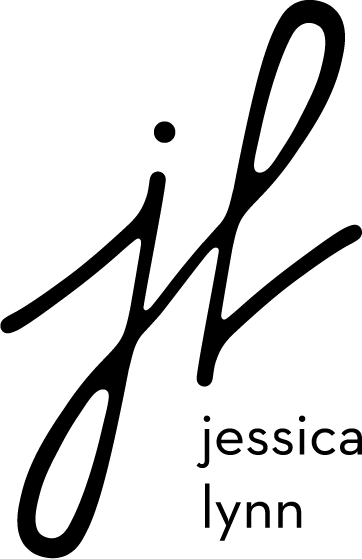Type Setting- Alignment & Proportion
EXERCISE 1 · ALIGNMENT Define the font parameters and then create appropriate justified and left-aligned text for the three specified column widths. 1. Choose a sans serif typeface. 2. Define typesize and tracking ( kerning set to Metric in InDesign ). 3. Paragraph : choose “Adobe Single-line Composer” 4. Justification : Define wordspace, letterspace, glyphspace 5. Define hyphenation parameters 6. Select text, define optical margin alignment 7. Define leading for each of the three column widths 8. Repeat the exercise with a serif typeface. EXERCISE 2 · PAGE PROPORTION Read Chapter 8 in your Bringhurst book, entitled “Shaping the Page.” Define page size and type parameters to explore text/page proportion for a spread layout. 1. Define page size (left and right, two pages make up a spread). 2. Determine layout structure (grid + margins). 3. Choose typeface(s). 4. Apply lessons learned in Exercise 1 to create an appropriate layout.
